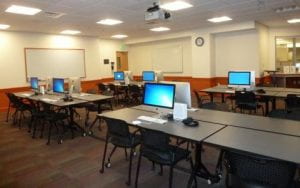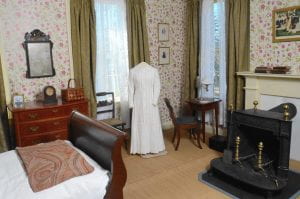When we started this internship just over eight weeks ago, I had absolutely no idea what would be possible for us to accomplish. I’ll admit, I wasn’t very optimistic. As I’ve said before on the blog, I’ve never been a very digital person. When my mom told me I should learn to code, I learned how to make books instead. The moment my computer misbehaves, I call a tech-savvy friend to come save the day. I took this internship because I wanted to change this, and to develop new ways of thinking about research and scholarship, but I also brought with me a whole host of digital insecurities. I’m proud to say that, for me, our website represents a tremendous amounts of growth, and I’m excited to present the final result to the Amherst community.
Digital scholarship required me to be much more cognizant of my methods and how they affected the data and materials I was drawing from. Perhaps this was because I was using tools and methods that were previously unfamiliar to me, but during this summer I often found myself thinking critically about the ways in which the tools and methods I was using to study and present my data and research shaped and directed our understanding of these materials and the arguments I drew from them. Though this is definitely something I’ve also done while working on more traditional written scholarship projects, it was more present in my mind when I started to work digitally.
Next year, I’m conducting on a major self-directed research project in New Delhi, India, and I’ll absolutely be taking the skills and methods I learned this summer with me. As my work will require quite a bit of travel and my physical resources will be limited, the ability to use digital methods for documenting and presenting my work will be hugely advantageous, and I’m excited to discover new applications of the skills we developed this summer.
To the next group of Digital Scholarship Summer Interns, your most valuable assets during the program will be your peers. Though you may each have (seemingly) disparate interests and project ideas, some of the most meaningful, thought-provoking moments for me this summer came from spontaneous brainstorming sessions amongst the four of us, and whenever I reached a sticking point, team members were there to help me regain the momentum I needed. A related note—don’t underestimate the power of the white boards in the Barker Room. Sometimes the best (or only) way to articulate messy research ideas and aspirations is through series of concept maps and diagrams, unintelligible to anyone but yourselves.




